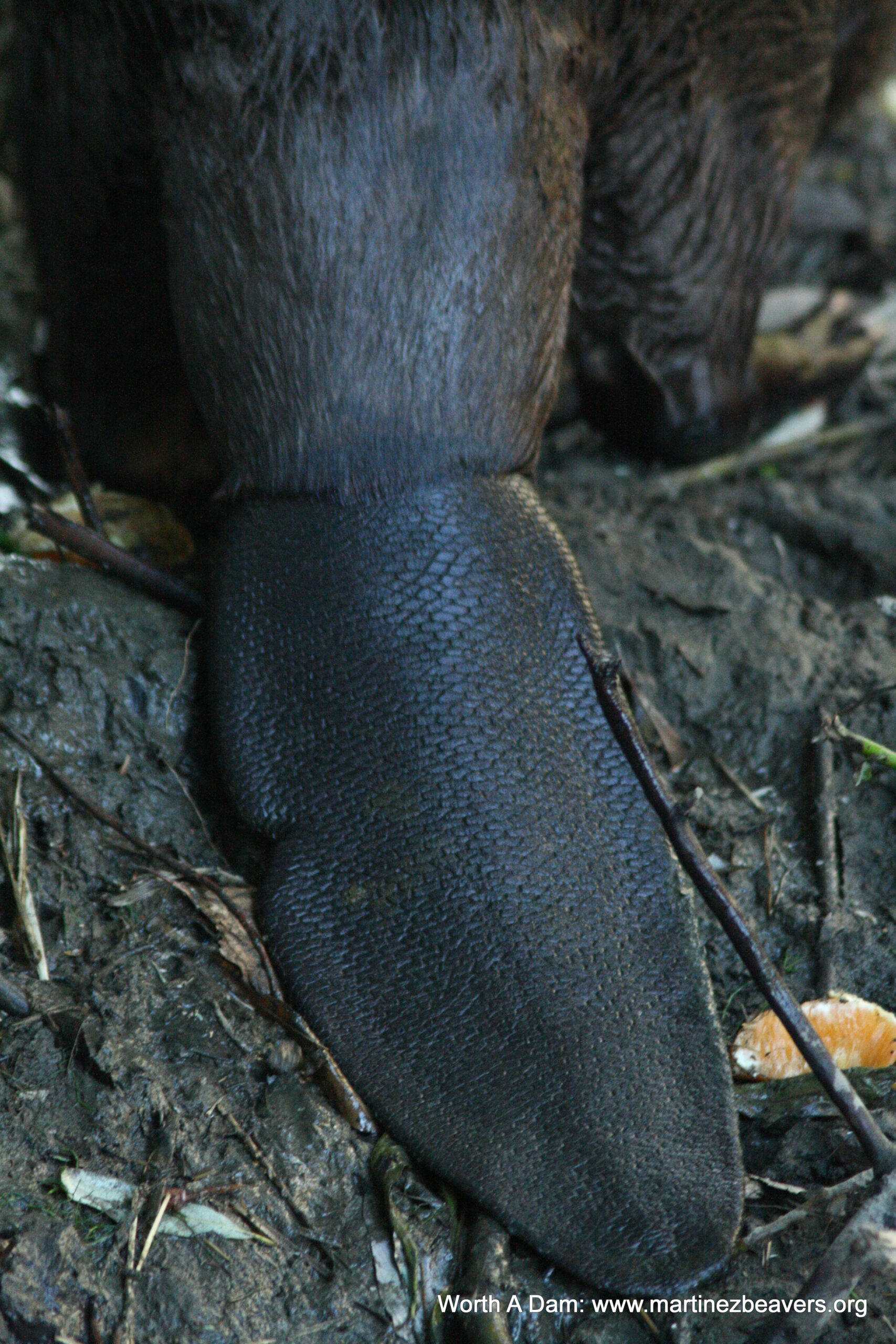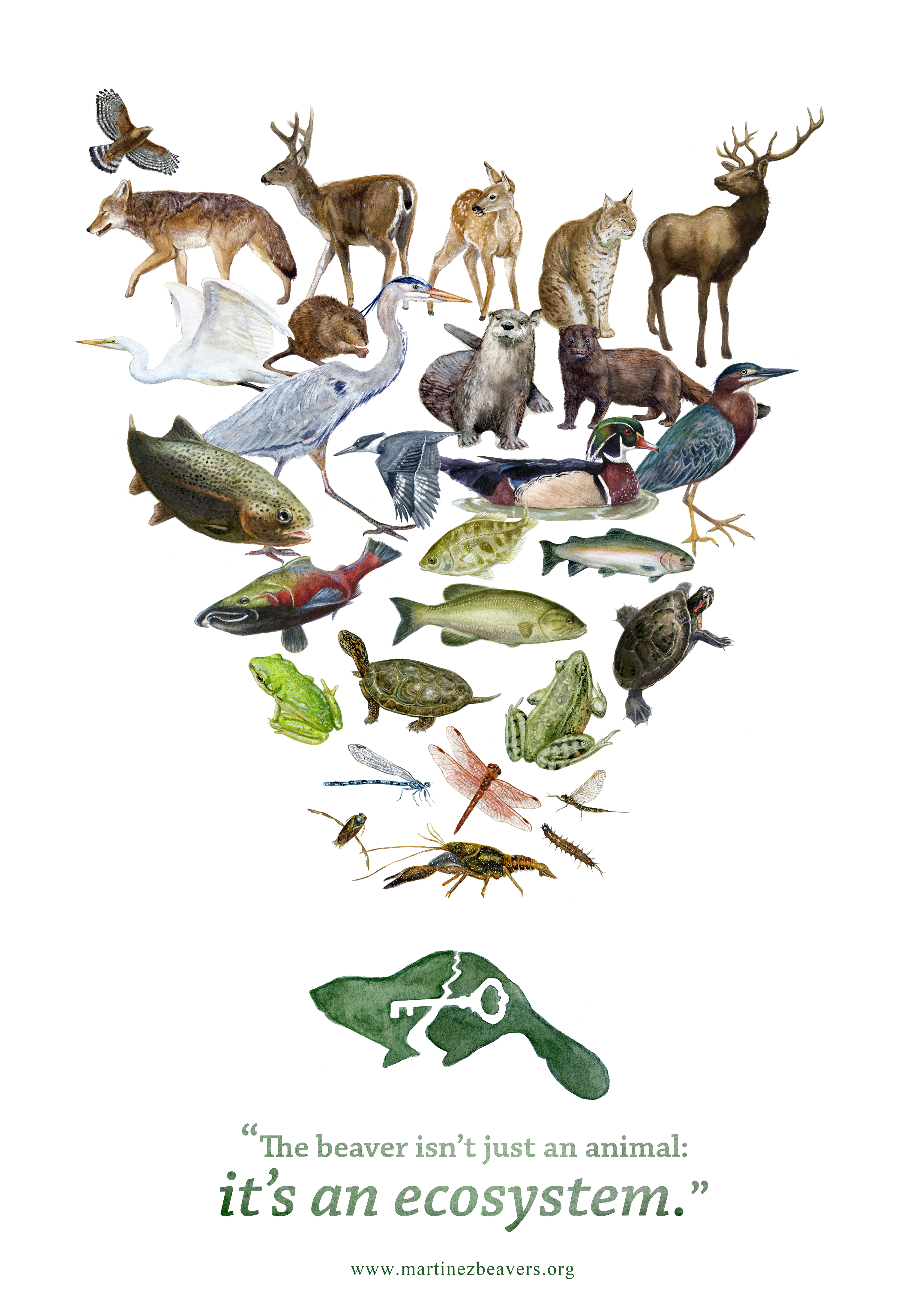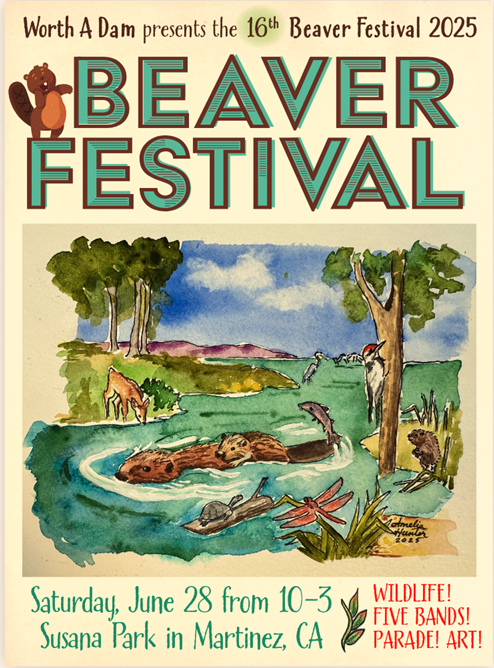I think we;re going to be seeing more and more of this type of research. Lets hope so anyway.
First-of-Its-Kind Study Inventories New Mexican Beaver Dams
As part of Defenders of Wildlife’s beaver conservation initiative, a new survey, which has never been conducted in New Mexico, reveals an uneven distribution of beaver dams — and the subsequential ecological benefits — throughout the state. Commissioned by Defenders, the survey is a critical tool for the future of strategic beaver and water conservation New Mexico.
“Dam-building beavers are critical for water and wildlife conservation, especially when considering the effects of climate change on our water availability,” said Peggy Darr, Defenders of Wildlife New Mexico representative. “The results of this survey will be used to directly impact beaver numbers in New Mexico’s perennial rivers, not only by Defenders, but by beaver conservation practitioners across the state. In doing so, we will improve wildlife habitats and ensure future water security for humans.”
Excellent. You know I have heard a lot in recent years about food security and water security. What I want to know is why don’t we ever hear about BEAVER security! That’s what folks should really be worried about.
![]()

Using aerial imagery data, Utah State University researchers mapped 4,732 beaver dams across more than 13,000 miles of year-round streams in New Mexico. The study found areas with high concentrations of beaver dams that require protection to preserve and improve existing water levels, as well as areas that could benefit from beaver habitat restoration, co-existence and/or reintroduction efforts. Notably, researchers documented a stark difference in beaver dam numbers between northern and southern New Mexico, with alarmingly fewer dams found in the Gila and Sacramento Mountains.
Private lands had the largest proportion of the perennial stream network and the highest number of dams, illustrating the importance of working with private landowners to achieve successful beaver-based conservation and restoration.








































